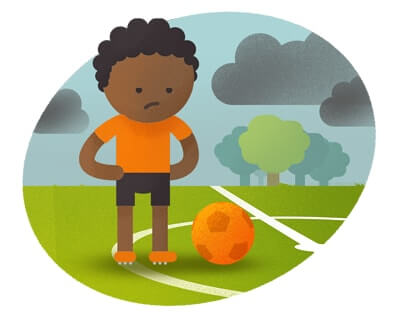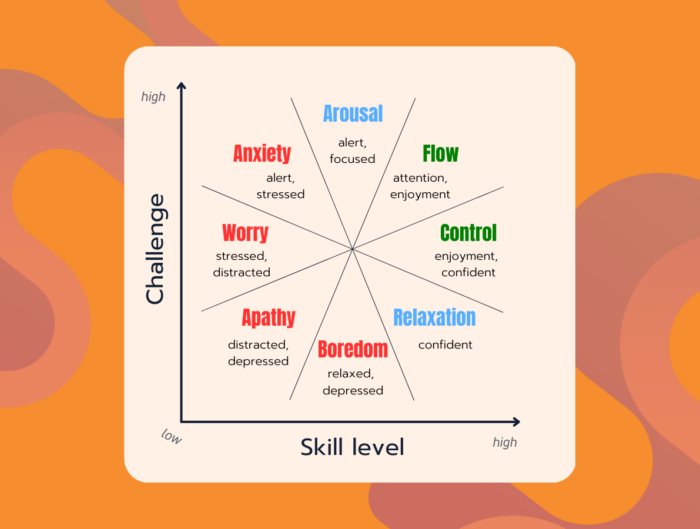One of the most alarming statistics in sports today concerns the consistently high dropout rates among competitive youth participants. Back in 1996, a study by Seefeldt and Ewing revealed that approximately 70% of children who engage in competitive youth sport activity terminate their participation by the age of 13. This equates to roughly three out of four children missing out on an opportunity to develop a lifelong connection to sport. What is most concerning is how this trend has not wavered since this time as dropout rates are still lingering at this level. Here, we want to understand the impact the drop out rate has on our children, what the leading causes in these dropout rates are, and most importantly, what action we take to reverse this trend!
As many of us know, sport has the ability to offer a wonderful medium for holistic, personal development. Yet, this development fails to materialize for so many young people at a premature age. Declining youth sports participation also contributes to a health and wellness risk. At a time when childhood obesity in the United States is similarly peaking, Li and Hooker (2010) state between 1980 and 2006, childhood obesity almost tripled from 6.5% to 17%. In addition, adolescent obesity more than tripled between 12 to 19 years from 5% to 17.6%. It should not be surprising that a lack of physical activity is a leading cause for obesity, cardiovascular disease, and missed opportunities for physical development. Sports then must be seen as an opportunity to seriously combat these national health concerns.
Given the contemporary epidemic of inactivity and obesity in American children, youth sports are thought to play a major role in improving children’s health and welfare for years to come
Hedstrom and Gould (2004, p. 3).
So, why are kids dropping out? If we are to offer solutions, then we must be aware of the reasons why this is happening. Some leading studies reveal that a lack of fun and enjoyment, as well as poor coach relations, are key factors fueling this tragic deficit (Rottensteiner et al, 2013).
Participants who drop out of sport have consistently indicated that lack of fun or enjoyment is a predominant motive for discontinuing participation in a given sport
Baker (2003, p. 88).
If a child is no longer enjoying playing the game, naturally they find it difficult to continue sourcing the motivation to participate. Heavily linked to this data is how the emotional aspects of competition can become overbearing on a child from a psychological perspective, with a huge emphasis placed on winning and losing at a young age. There should never be such a significant focus on competition to the extent where a performance anxiety starts to build in the mind of the child. It is this unwelcome feeling of being pressured to win that creates a toxic environment and feeling of worry and panic for the player.
These programs, along with autocratic, command-style coaches, alienated many young athletes, often to the point of dropping out
Coakley (1998, p. 93).
From a physiological perspective, another key area that contributes to athlete dropout is due to injury and overtraining. As a result of early specialization (DiFlori, 2014) more and more children are engaged in deliberate practice in only one sporting context. Focusing on one such sport with high levels of practice intensity can cause overuse and burnout problems for young people. This burnout does not necessarily occur just on a physiological level but also a psychological level, with concentrated stress building up over time (Harris & Watson, 2014).

Among these reasons for dropout, there are also gender and age differences that should be considered (Mollerlokken, Loras & Pedersen, 2015). For example, female participants tend to quit participation because of negative coaching that demonstrates high control for the coach and low autonomy for the athlete. For male participants, it is often the influence of significant others (including peers, family and coaches) as to why they choose to quit the sport. Additionally, it must also be acknowledged that some natural attrition also contributes to these dropout figures. However, we feel there is more that can be done to help combat and lower these statistics.
- Why do kids play? – We must acknowledge that youth sports are for the children themselves and not the adults. The research tells us the answers – children play sports because they enjoy having fun! So, as coaches, parents, and volunteers, we must do all we can to create an environment where the focal point is for children to be enjoying themselves. Now “fun” should not mean that “everyone is a winner” and that practices can’t be tough, but it does mean that we need to make sure we engage, challenge, welcome, and respect kids. These ingredients are key in creating a culture that makes the kids sad when practice is over, and they are chomping at the bit to return!
- It really is just a game… When we start to truly understand the motivations for kids to play sports, adults can start to let go of some of the things that simply do not matter to children at a certain age. Winning and losing is one of those things that does not significantly matter to children. Sure everyone plays to win, we absolutely agree with this and it is perfectly normal to be disappointed by losing, another natural human tendency; however, young people win and lose in ways much different to adults a majority of the time. It is pretty clear to see that losing a youth soccer game is not going to ruin a child’s day. Typically when it does, it is because the child has learned this reactive behavior from their parents, guardians, or coaches. For a child without this social influence, they are usually already thinking about what they are doing next! Win, lose, or tie, can they go and get ice cream or what time are they going to play at a friend’s house?
- Give them a break – While kids have boundless amounts of energy, they also need some down time and opportunities to completely relax. Relaxation does not necessarily mean going on vacation, but it does mean taking a break from their intensive practice and game schedules when the opportunity arises. A “break” is both physical and mental, and does not just mean becoming inactive either. It could mean trying out a new sport which then relies on a different set of muscle groups, skill set, and psyche. Either way, we know from the research that appropriate rest is essential for life-long participation in sport.
In summary, there is a significant dropout rate across all of youth sports that is seeing three quarters of children quit by the age of 13. We should all be well aware of the various health risks associated with a lack of physical, active exercise, therefore we need to take collective responsibility and do all we can to keep children participating in sports. Understanding some of the fundamental issues and contributing factors to this dropout is a crucial first step. After which we must take positive action to bucking this alarming trend.

 ENG
ENG































